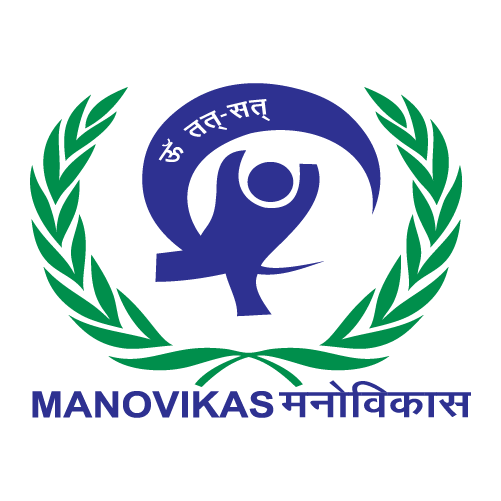Poster Presentation

Guidelines for the Preparation of Posters
Manovikas has prepared the following advice for poster presenters:
Size:
In the case of Physical Presentation:
The actual size dimensions of the poster board are 2m high by 1m wide (size A0 fits best). All poster boards will stand portrait and are double gum compatible (Manovikas team will have double gum available for use).
Virtual Presentation:
The Presenter can use one slide of PowerPoint to present a poster on virtual mode.
Please contact Manovikas Team to know about accessibility standard for powerpoint prsentation, otherwise you may use the Microsofy Accessibility tools for presentaion design.
Design
Title
The title of the poster will be the first thing your audience will look at and can be used to entice viewers. The title should be informative without being too lengthy; phrasing your title in the form of a question can help to attract the audience towards your work.
Fonts Size:
Bear in mind that your poster will be viewed from distances of 1 – 2 metres. the text should be sufficiently large (24 points or larger), and the font should be clear and easily legible.
Text or write-ups
You need to get your point across in less than 60 seconds. The average poster reader spends less time than this per poster. Therefore, rather than displaying complicated paragraphs of text, it is useful to produce a number of short, informative statements which portray the most useful points. These can be more easily scanned by the audience than long, complicated paragraphs.
Layout
The Layout is important – your poster needs to be well organised and easy to understand. It helps if you can indicate (by numbers, letters or arrows) a sequence to be followed in studying your material and highlight important aspects by colours. (Avoid red and green, especially adjacent to one another).
Figures and Pictures
Use figures and pictures to make your poster more memorable. Tables tend to be more difficult to comprehend. Graphs need to be large and tend to take up a lot of poster space – when using graphs, it is, therefore, wise to keep axis labels short and provide only the essential information.
Latter cases:
Use capital letters only where necessary. Lower case letters are easier to read than upper case.
Presentation:
Your poster should be self-explanatory, but you should be available to supplement and discuss particular points raised by enquiry.
The poster session potentially provides a more intimate forum for informal discussion than the standard paper presentation, but this becomes difficult if you are obliged to devote most of your time clarifying your poster for a succession of visitors.
It may be worth making copies of any extra information or a scaled-down version of your presentation to give out to delegates.
Keep your poster within the confines of the allocated board.
Do not write or paint on the board.
